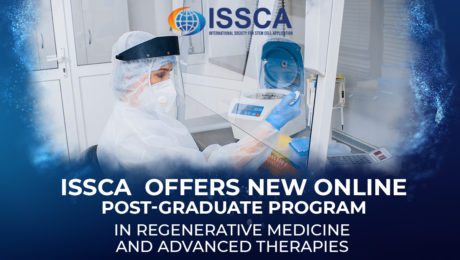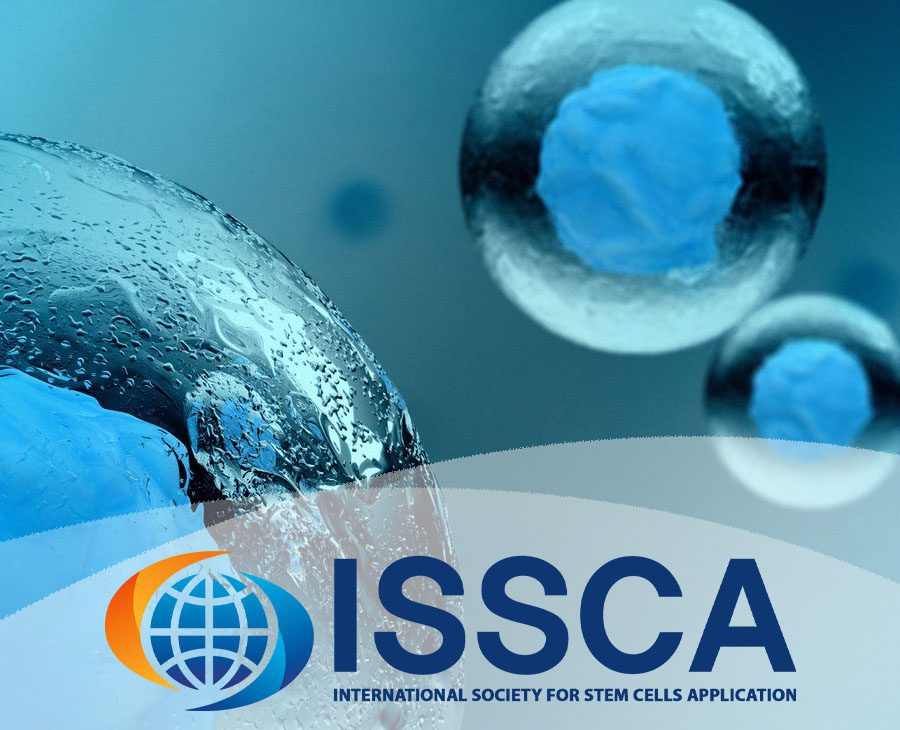ISSCA Offers New Online Post-graduate Program in Regenerative Medicine and Advanced Therapies
With video lectures and additional tools from some of the most respected names in today’s stem cells field, the course arms practitioners with the necessary knowledge and resources to offer innovative regenerative medicine treatments in their existing practices.
MIAMI, Florida— The International Society for Stem Cell Application (ISSCA) has announced it has launched a new online Post-graduate Program in Regenerative Medicine and Advanced Therapies. The course adds to the group’s already existing robust offering of onsite and online courses designed to give physicians looking to incorporate regenerative medicine protocols into their practices the education and tools necessary to do so.
Regenerative medicine has been increasingly gaining attention in today’s fast-paced medical world. As more researchers and physicians become interested in studying the field and introducing treatment protocols into their practices, it can be difficult to know which products and practices yield the best results for patients seeking these treatments for relief from degenerative diseases, noted Dr. Silvina Pastrana, main professor of the program and medical director of the stem cell center in Buenos Aires. Knowing which products work for which conditions and how to safely administer them to maximize results are key in leading a successful regenerative medicine practice.
With the new online Post-graduate Program in Regenerative Medicine and Advanced Therapies and others offered by the ISSCA, physicians will learn these valuable protocols and more about product offerings and how to choose the most effective ones. The Post-graduate Program will prepare physicians with the necessary theoretical and practical knowledge needed to effectively and safely secure better patient outcomes when using cellular therapies. With this training, physicians will gain knowledge from leading scientists in the field, learn valuable information on safety standards and quality control from top manufacturers, be positioned to perform these procedures and open a Stem Cell Center practice, join the ISSCA’s network, and enjoy the benefits of an exponentially growing industry worldwide.
Physicians looking to enroll in this online Post-graduate Program and other offerings by the ISSCA are in good hands. The group is widely considered as the global standard bearer when it comes to education and research in the regenerative medicine field. For years, the ISSCA has played a critical role in bridging the gap between the science behind stem cells and regenerative medicine and the practical application of that science in a clinical setting.
“We are pleased to add the online online Post-graduate Program in Regenerative Medicine and Advanced Therapies to our growing number of course offerings designed to deliver the skills and education needed to practitioners eager to implement stem cells treatment protocols into their existing practices,” said Benito Novas, ISSCA VP of Public Relations. “The program gives physicians the skills needed to utilize these highly effective treatments to help patients suffering from degenerative diseases while expanding on the ISSCA’s mission to continue to serve as the premier educational resource for physicians across the globe looking to introduce stem cells treatments into their practices.”
To learn more about the ISSCA, visit www.issca.us. To learn more about the group’s new online Cellular Therapy course or to register, visit https://cursocelulasmadre.com/cursos-de-certificacion/posgrado-en-medicina-regenerativa-y-terapias-avanzadas/
- Published in News



